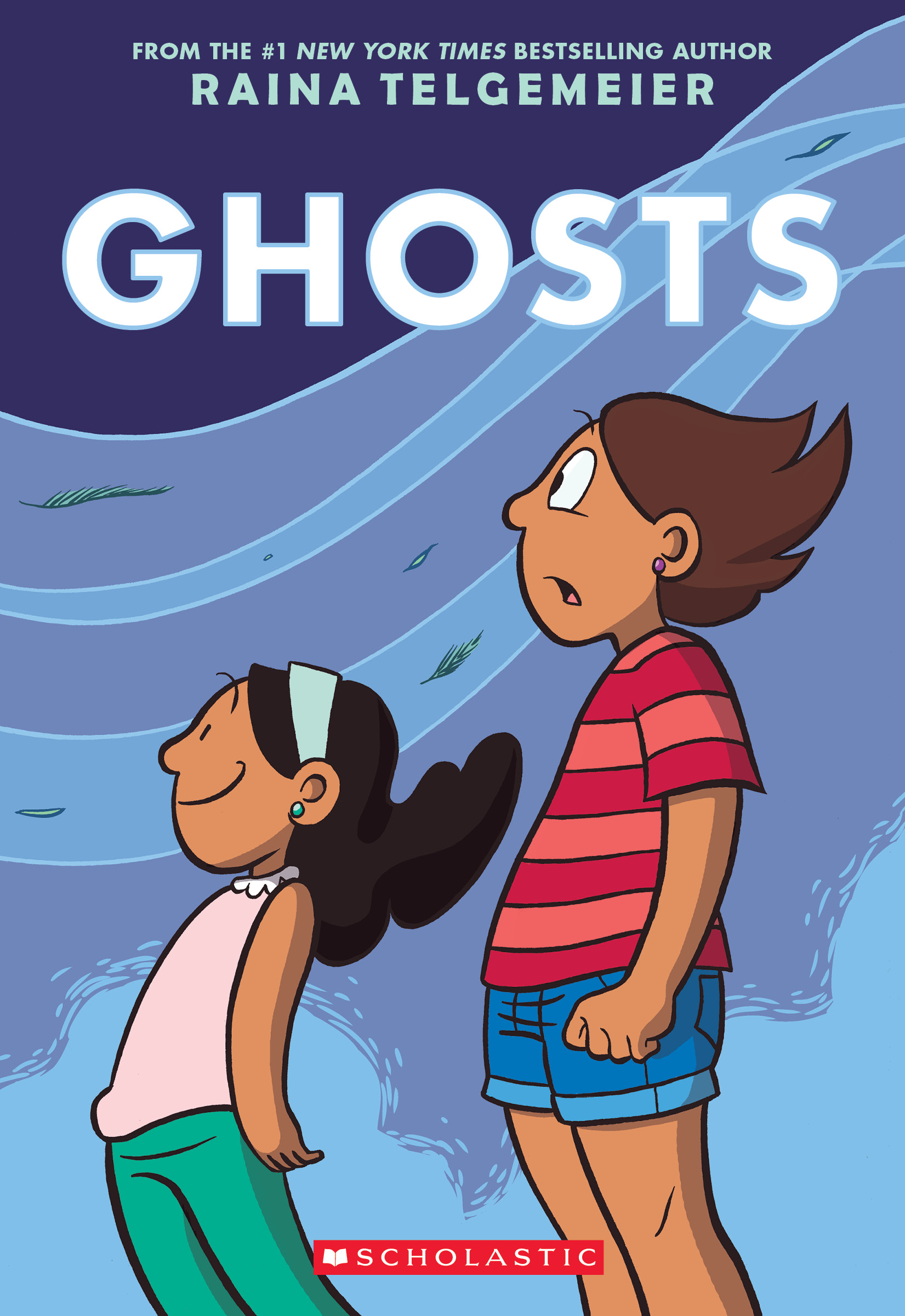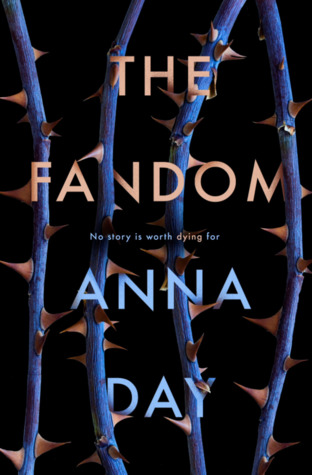Winter Wood
by Steve Augarde
Mr. Augarde’s publishers were kind enough to send me a complimentary hardcover of this book, which was only just released January 3 in the UK. This is one of the exciting things about being a bigshot book reviewer. Another exciting thing is seeing a talented author-illustrator’s first great creative achievement come to completion. For this book concludes the trilogy that began with The Various and Celandine, finishing a uniquely imagined story arc full of creepy, ancient mystery and modern thrills and chills.
This series is now packaged as The Touchstone Trilogy with the release of the final book. What is this Touchstone? It is a thingy that was broken into two pieces long, long ago, in a quarrel between two tribes of “little people” who lived on a high, wooded hill in Somerset, England. The winged Ickri took the round, red Stone that had strange, truth-telling powers, and went out into the wide world. The ground-dwelling Naiad kept the Orbis, a device that together with the Stone enabled their people to travel between worlds. They stayed put and flourished into four tribes: the Wisp fisherfolk, the cave-dwelling Tinklers and Troggles, and Naiad farmers. Many years later the Ickri returned, an aggressive tribe bent on conquest – and to keep the Orbis from them, the Tinklers entrusted it to the safekeeping of a Gorji maid – that is, a human girl named Celandine Howard, who had come to live among them in the desperate months after her brother’s death in World War I.
Ninety years have passed. The girl who lives in Celandine’s bedroom in the farmhouse below the little people’s hill is called Midge Walters, a great-great-niece of Celandine, and another friend of the little people. Now the history of the Various folk on Howard’s Hill has arrived at its final crisis. Only if the enmity between the Ickri and the Tinklers cease – only if the two halves of the Touchstone be brought together again – can the Various survive. Trapped between the threat of starvation and danger from the world of men, they have no choice but to leave Howard’s Hill.
But not all will follow the lead of the Ickri steward Maglin in his plans to migrate to richer hunting grounds – where they can both hunt and be hunted. Nor do all believe the strange lore of the Touchstone that can make them Travelers again – in spite of the witchi presence of the ancient crone Maven the Green. And of greatest concern, no one really knows where the Orbis is now. All their hopes hang on Midge, and on the confused memories of a very, very old lady who turns up in a retirement home several miles away.
That’s just the set up for this rich, complex fantasy. Throw in some danger from a pair of knee-high murderers, a terrifying fight for survival for a couple of star-crossed lovers, some weird dreams and hints of telepathic powers, and a character’s true identity long concealed and at last revealed, and you have the adventure in which the heroines of both previous books play a part. There are deadly struggles, heroic saves, heartstopping surprises, a terrifying monster (albeit one that rises to the surface very briefly), a dangerous game of political brinkmanship, an eerie moment of recognition between two people who have never actually met before, some touching goodbyes, some signs of Midge’s family moving on with their lives, and a bit of humor to lighten the atmosphere when it’s really needed.
The climax of the story demonstrates that Augarde understands the word “catharsis” – even if he’s the only one here who does. (Look it up after you read this book. You’ll agree.) It is the moment of supreme tension in which the crisis of the Various will be decided one way or the other: for conflict and death, or for reconciliation and life. How they get to that point and where they go from there, I leave to you to find out. Just be aware that this very definitely is the end of the series. Expect a wistful and final parting.
And while I’m in cautionary mode, let me also mention that this book carries a distinct spiritual worldview. Readers who are sensitive to religious content may want to prepare for the streak of Hindu/New Age thought that runs through this book, particularly toward the end. This fantasy is ultimately ruled by the concept of individuals being part of a world soul, or moving from one life to another until they are practically one with everything. Some may not be concerned about this, or even be interested in it, and may wonder why I even bring this up. But as much as I enjoyed this book, I can’t shut off the Christian theologian in me as one flips a light-switch; so, yes, I wrinkled my nose at the spiritual backdrop that was increasingly revealed behind all this book’s goings-on. Which made the down-to-earth practicality of the book’s final words a special treat for me.
Take my advice: enjoy this book, knowing that this rebirth stuff is there; then notice it or dismiss it, like it or lump it as you will. Then close the book and be satisfied with the work Mr. Augarde has done, and done well.




